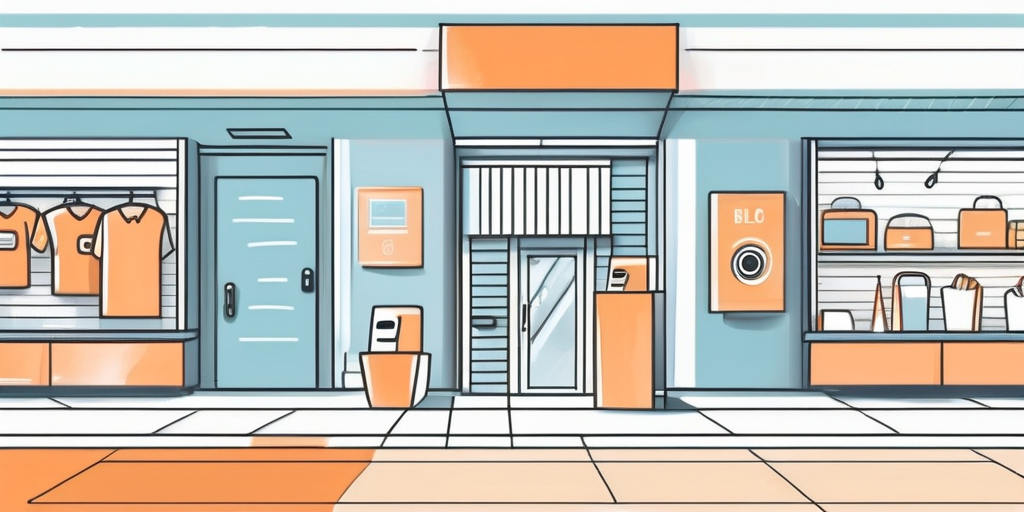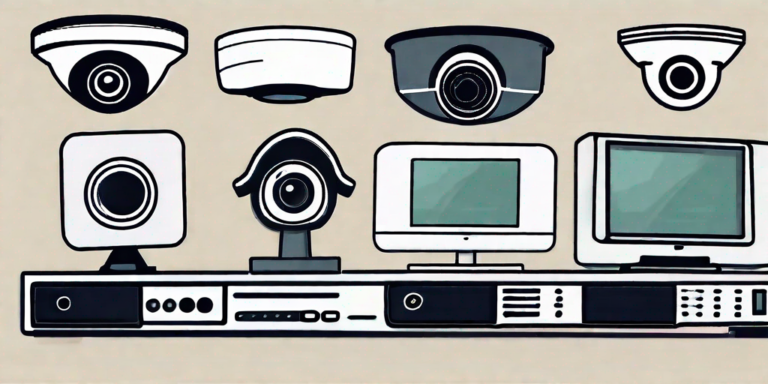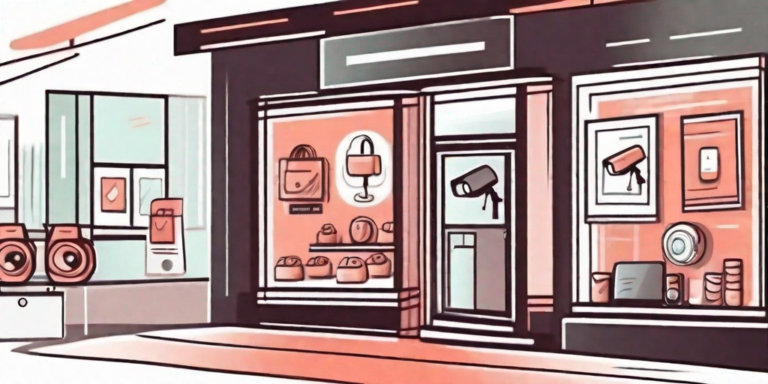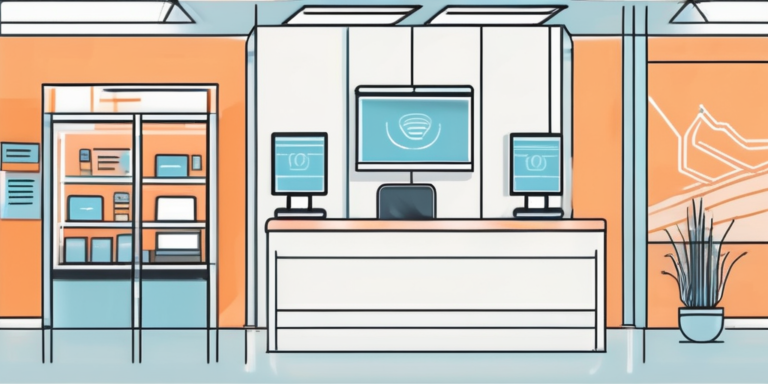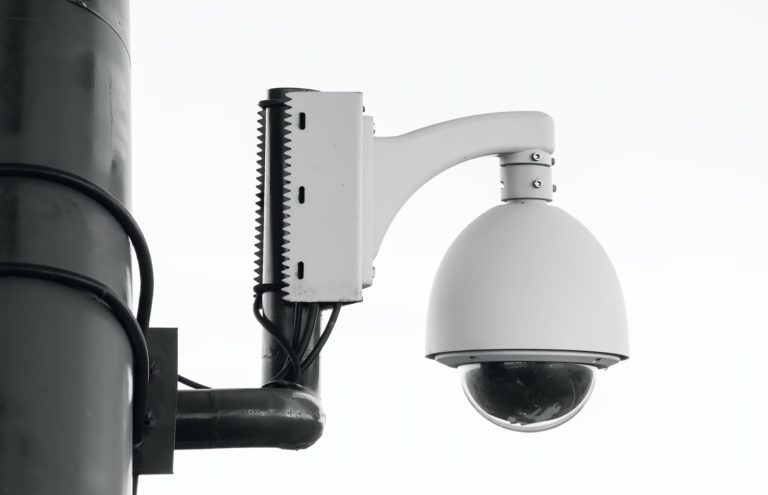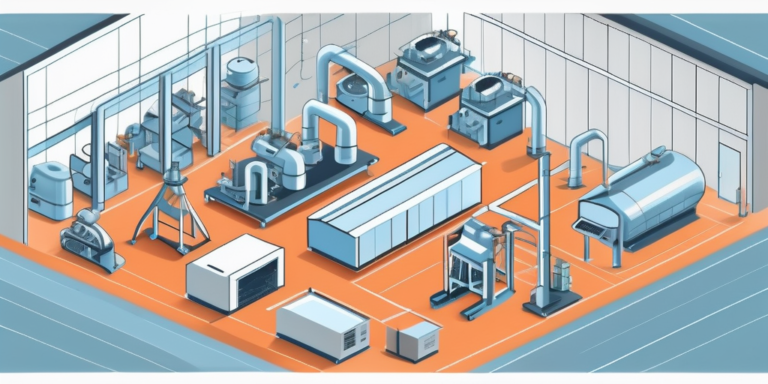There are many security problems that stores have to deal with, such as theft, vandalism, and risks to both workers and customers. As a store owner or manager, you need to put safety first and put in place plans that keep your store safe and make sure everyone feels safe.
Increasing sales and safety: set up retail shop systems for a safer, more productive space
When it comes to retail safety, it’s important to spend money on reliable methods that can handle security issues. A lot of high-tech tools, like video cameras, access control systems, and alarms, are put together in these systems to find and stop theft, unauthorised entry, and other security breaches.
Surveillance cameras are very important for keeping stores safe because they record video that can be used to spot odd behaviour, keep an eye on busy areas, and watch out for weak spots. When placed in the right place, cameras can keep people from committing crimes because they know their actions are being watched.
But security cams do more than just keep thieves away. They also give you useful information about how customers act and how the store works. Retailers can find trends, improve customer service, and make shop layouts better by looking at the footage. For instance, if cameras show that customers often have trouble finding certain items, stores can change their displays or signs to make shopping easier.
An extra layer of protection is provided by access control systems, which only let authorised people into restricted areas. Keycards or biometric solutions like fingerprint or retina scanners may be used in these devices. You can lower the chances of internal theft or unauthorised entry by limiting who can go to sensitive areas like stockrooms or areas where cash is handled.
But entry control systems are useful for more than just keeping people safe. They also make things run more smoothly and more efficiently. Employees don’t have to carry around keys or remember complicated passwords when they have keycards or biometric readers. This saves time and makes it less likely that keys or passwords will be lost or forgotten. Access control systems can also keep detailed records of where employees go, which is useful for evaluating work and allocating resources.
In addition to these systems, alarms are very important for alerting shop employees and nearby police in case of an emergency or break-in. Aural alarms are a quick deterrent that can also warn staff and customers of possible risks. Another good choice is a silent warning, which can call the police without drawing attention to itself.
But alarms do more than just let people know when something bad is happening. Additionally, they can help stores speed up their responses and cut down on costs. Retailers can make a full security network by connecting alarms, video cameras, and access control systems. When a warning goes off, cameras can start recording right away, which can be very helpful for investigations. It is possible to set up access control systems to lock down places or limit movement. This keeps thieves from getting out or getting to private data.
Putting money into retail shop systems isn’t just for safety; it’s also for making the place a great place for both customers and workers to work. By using these cutting-edge technologies, stores can make their customers safer, run their businesses more smoothly, and make more money overall.
Adding health and safety measures to advanced retail systems for double protection
Since the COVID-19 pandemic, health and safety have become the most important things in shopping. Because of the need to keep both customers and workers safe, health measures have been added to more advanced retail systems. This creative method not only keeps people from stealing and damaging things, but it also deals with the important problem of health risks.
A good way to keep an eye on things is to use thermal imaging cameras as part of the store’s security system. These cameras can pick out people whose body temperatures are high, which could mean they have a fever or are sick. Identifying and separating people who might be sick is one of the most important things retailers can do to stop the spread of contagious diseases in their shops.
More than that, contactless payment systems and self-checkout options can make it much less necessary for customers and workers to touch each other. The risk of spreading viruses can be cut down a lot by cutting down on the number of contacts that happen at the point of sale. This not only makes shopping safer for both customers and workers, but it also makes the process smooth and quick.
Having hand sanitizer spots all over the store is another important part of incorporating health measures. Customers and workers will find it easy to use the restrooms by carefully placing these stations at entrances, exits, and high-traffic areas. This easy but effective step encourages people to wash their hands and lowers the risk of getting germs even more.
Enforcing rules about social distance is also important for keeping the shopping area safe. Store owners can make sure that customers stay away from each other by clearly marking the floors with signs and using crowd control techniques. Shopping customers will feel safer and more confident, and the risk of spreading viruses will go down.
Also, stores can use high-tech systems to keep an eye on and control the flow of customers inside the shop. With occupancy management systems, stores can keep track of how many people are in the store at any given time. This lets them set limits on how many people can be in the store at once and keep it from getting too crowded. This lowers the risk of virus spread and makes sure everyone has a safe shopping experience.
To sum up, combining health measures with high-tech store systems is a smart and useful way to keep yourself safe from both health risks and security dangers. Stores can make the shopping area safe for both customers and workers by using thermal imaging cameras, contactless payment systems, hand sanitising stations, social distancing measures, and occupancy management solutions. In these tough economic times, this not only improves public health but also builds trust in the retail business.
Stop shoplifting by making your store safer with anti-theft retail security solutions.
It’s very dangerous for stores to have people steal things, because it can cost them money and hurt their image. Putting in place anti-theft store security solutions can help keep your goods safe and deter thieves.
Electronic article surveillance (EAS) systems, which use security tags or labels on high-value items, are one option that is often used. When these tags are scanned at store doors, they sound alarms that let staff know that someone might be trying to steal. People are less likely to steal from stores when EAS systems are in place.
Along with EAS devices, it’s important to teach your staff how to spot and deal with suspicious behaviour. Show them how to interact with customers, stay noticeable, and pay attention to the store’s layout to spot people who might be stealing. Shoplifting can be stopped even more by putting up clear signs that say thieves will be caught and punished.
Offsite retail security management is a smart way to protect your store and make it safer.
Offsite retail security management is a new method for making stores safer that uses technology for remote management and tracking. With this method, security experts watch over your store from afar using live video feeds, motion recognition, and advanced analytics.
This kind of proactive security management lets you deal with possible threats right away, like people getting in without permission or acting strangely. Security guards who have been trained can watch over multiple shops at once, which saves money without sacrificing safety.
Offsite retail security management tools can also help keep false alarms from going off. With advanced analytics, the system can tell the difference between real risks and false triggers. This makes it less likely that staff and customers will be panicked or that the system will be interrupted for no reason.
To sum up, making stores safer needs a diverse approach that includes cutting edge store systems, health and safety measures that work together, anti-theft systems, and retail security management that is done from outside the store. Following these tips will help you keep your store safe, cut down on losses, and make sure your loyal customers and workers feel comfortable.
